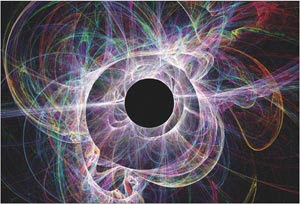 "The limitations of the small screen will appear less pronounced as coexistence with big screens becomes commonplace. The Web’s widespread availability on mobile devices, in addition to desktop and laptop computers, will change the way people talk about the Web itself; emphasis will shift from Web sites to the services or content they offer." - Tim Berners-Lee
"The limitations of the small screen will appear less pronounced as coexistence with big screens becomes commonplace. The Web’s widespread availability on mobile devices, in addition to desktop and laptop computers, will change the way people talk about the Web itself; emphasis will shift from Web sites to the services or content they offer." - Tim Berners-LeeSounds like Sun Computer's prescient mantra, The Network is the Computer doesn't it where ubiquity and transparency will rule not only with display consistency of content and services but also in terms of how people will work with systems in general.
In five years, when one logs into any device, the system, in effect, will become that person's computer complete with preferences and access to his or her content. This will happen because one, the web forces companies to open up their code or die (Verizon etc., etc.) and two, WiMax promises to provide universal access to the net 24/7 thus freeing people from the static wired confines of today's digital environment with it's emphasis on locally stored content with little or no direct access to the net.
"Hey Hey Rock & Roll" - Chuck Berry



















































